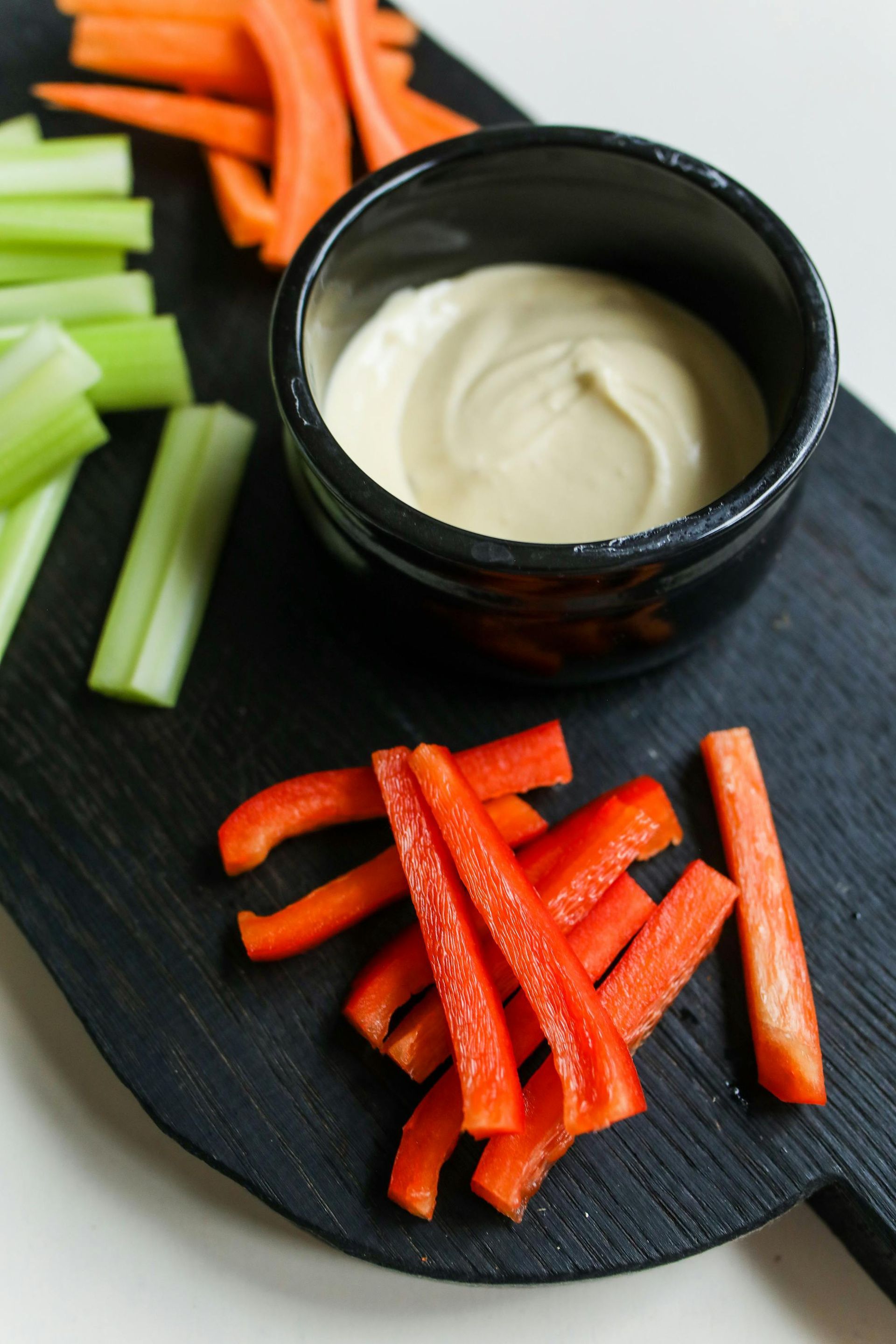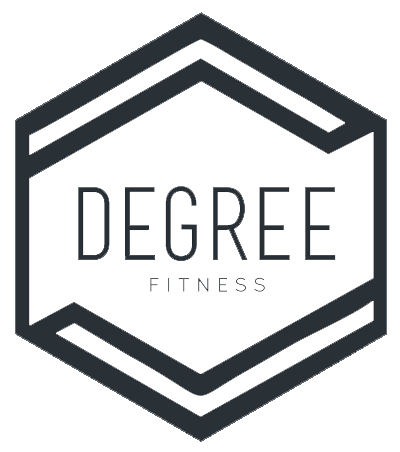How to Stay Hydrated This Summer!
Written By: Mairead, Registered Dietitian
It's hot out, and we all know hydration is important. Being dehydrated can make you prone to headaches, lightheadedness, nausea, and feeling faint in the heat. For those who are working out, it can also make your workouts feel more difficult and make it harder for your body to recover.
How do you know if you're drinking enough? An easy rule of thumb is to take your weight in pounds, divide it in half, and aim for that number of ounces of water. For someone who weighs 180lbs, this would be 90oz, or 2.7L. You can also take your weight in kilograms (pounds divided by 2.2) and aim for 30ml of fluid per kg of body weight. For that same 180lb person, this works out to 2.5L. Both of these calculations are estimates, and you may need more when it's very hot out and if you're sweating. You generally don't need to drink the excessive amounts of water you might see on social media if they're well above either of our estimates for your body. Keep an eye on the colour of your pee - if it's a pale straw colour, you're on the right track. If it's looking dark, drink up!
Check out these tips to help you get enough fluid in!
1. Track your intake!
If you're someone who needs to be held accountable, tracking how much water you drink can be key to getting enough consistently. Many phones or fitness trackers have a default health app with the option to track your fluid. This can be most convenient if you're already using it. If you need something different, check out fun apps like Plant Nanny or Water Llama. Remember, you may need to adjust the goals to fit your particular needs! If you want to stick to pen and paper, even just tracking your glasses or bottles of water in your planner or calendar can help you stay consistent.
2. Make your water more fun!
Plain water can be boring, and some tap water just doesn't taste that good. If this sounds like you, try making your water more interesting so you actually want to drink it. If you prefer your water super cold, add ice, keep your water in the fridge, or use an insulated bottle or tumbler to drink from. If you want to feel refreshed, try making a spa-type water by adding cucumber slices and mint to your drink. If you prefer something fruity, add a citrus slice or a handful of your favourite frozen fruit to give your water more flavour.
3. Drink throughout the day! For those who workout, we may only think about hydration right when we're getting ready to workout or train. If you're only chugging your water right before or during a workout, it doesn't have time to get everywhere it needs to, and might leave you feeling sloshy or needing to pee during your session. Instead, try sipping on water throughout the day to meet your hydration needs, and drink according to your thirst right around your workouts.
4. Think outside just water!
Technically all non-alcoholic fluids do hydrate us. However, we know that excessive amounts of sugar from drinks like pop, or tons of caffeine from lots of coffee are also not great for our health. If you struggle with plain water and crave fizz, try soda water. Decaf or herbal teas can also count, whether they are hot or iced. Many fruits and vegetables contain a lot of water, including cucumbers, tomatoes, watermelons, and citrus.
Psssttt.... looking for more information about electrolytes? Check out our blog post about them HERE!
Looking for more personalized nutrition advice? Let's chat! Email mairead@degreefitnessseaforth.com to learn more about our Nutrition Programs, or click HERE to book your FREE Bite-Sized Nutrition Chat!



